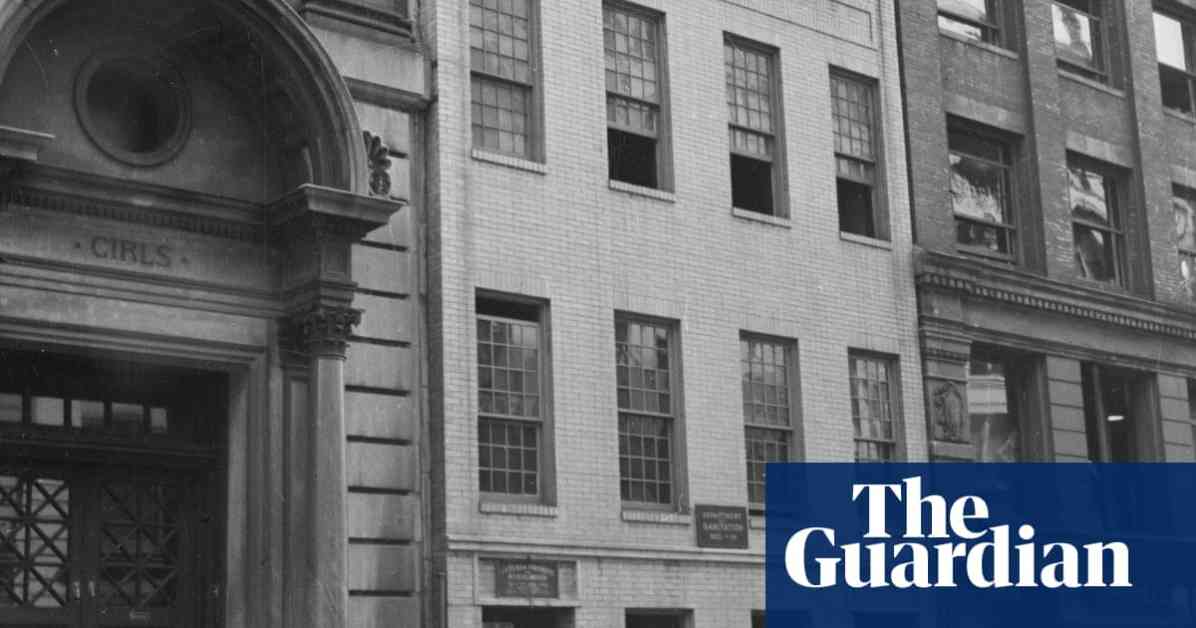In the heart of Manhattan’s Chelsea neighborhood, a humble brick building stands as a testament to nearly two centuries of Black American history. Formerly known as Colored School No 4, this unassuming structure was officially designated a landmark in 2023, sparking discussions about its rich past and promising future.
Colored School No 4, established in 1850 during a time of segregation and limited educational opportunities for Black children, served as a beacon of learning for generations. The school, which catered to elementary-aged children, offered a curriculum that included essential subjects like reading, writing, arithmetic, and history.
One of the school’s distinguished alumni was James H Williams, a significant figure in Black American history. Historian Eric K Washington highlighted Williams’s life in his book, “Boss of the Grips: The Life of James H Williams and the Red Caps of Grand Central Terminal.” Washington, who stumbled upon the school while researching Williams, emphasized the importance of preserving this historical site to honor the contributions of Black Americans.
After a meticulous evaluation process and a petition with over 2,800 signatures, Colored School No 4 was granted landmark status in 2023, safeguarding it from potential demolition or redevelopment. City council member Erik Bottcher played a vital role in advocating for the preservation of this cultural gem, recognizing the significance of embracing history for future generations.
Despite Mayor Eric Adams pledging $6 million for restoration efforts, the future use of the building remains uncertain. The Department of Sanitation (DSNY), now responsible for the site, acknowledged the extensive damage due to long-term exposure to water infiltration, indicating a challenging restoration process ahead.
For Eric K Washington, the vision for the building extends beyond a mere museum; he envisions a cultural hub that offers educational and artistic experiences to residents and visitors. He envisions a performance space and modern amenities that can engage the community in meaningful ways.
Arts education and Black empowerment were fundamental values instilled at Colored School No 4, embodied by individuals like Sarah J Tompkins Garnet, the dedicated principal who protected her students during the violent draft riots of 1863. Garnet became a pillar of the Black community, leaving a lasting impact on generations to come.
Among the notable figures associated with the school was William Appo, a renowned musician and educator who performed internationally with Frank Johnson’s band and was close to the abolitionist John Brown. Appo’s legacy extended to his daughter, Helen Appo Cook, who played a pivotal role in founding the National Association of Colored Women, advocating for the advancement of Black women.
Susan Cook, Appo’s great-great-great granddaughter, emphasized the importance of preserving the building to continue its legacy of education and empowerment. She highlighted the need to provide opportunities for under-resourced communities, echoing a sentiment shared by Washington and other preservation advocates.
The DSNY plans to commence construction in the 2026 fiscal year, aiming to maintain the historic character of the building while ensuring public safety. Replacement materials will closely match the original structure, preserving the authenticity and significance of Colored School No 4 for future generations.
As restoration efforts progress, concerns linger about the political climate and ongoing challenges facing diversity, equity, and inclusion initiatives. Still, the landmark status of Colored School No 4 stands as a beacon of hope and resilience, reminding us of the importance of honoring our shared history amidst changing narratives and shifting landscapes.







